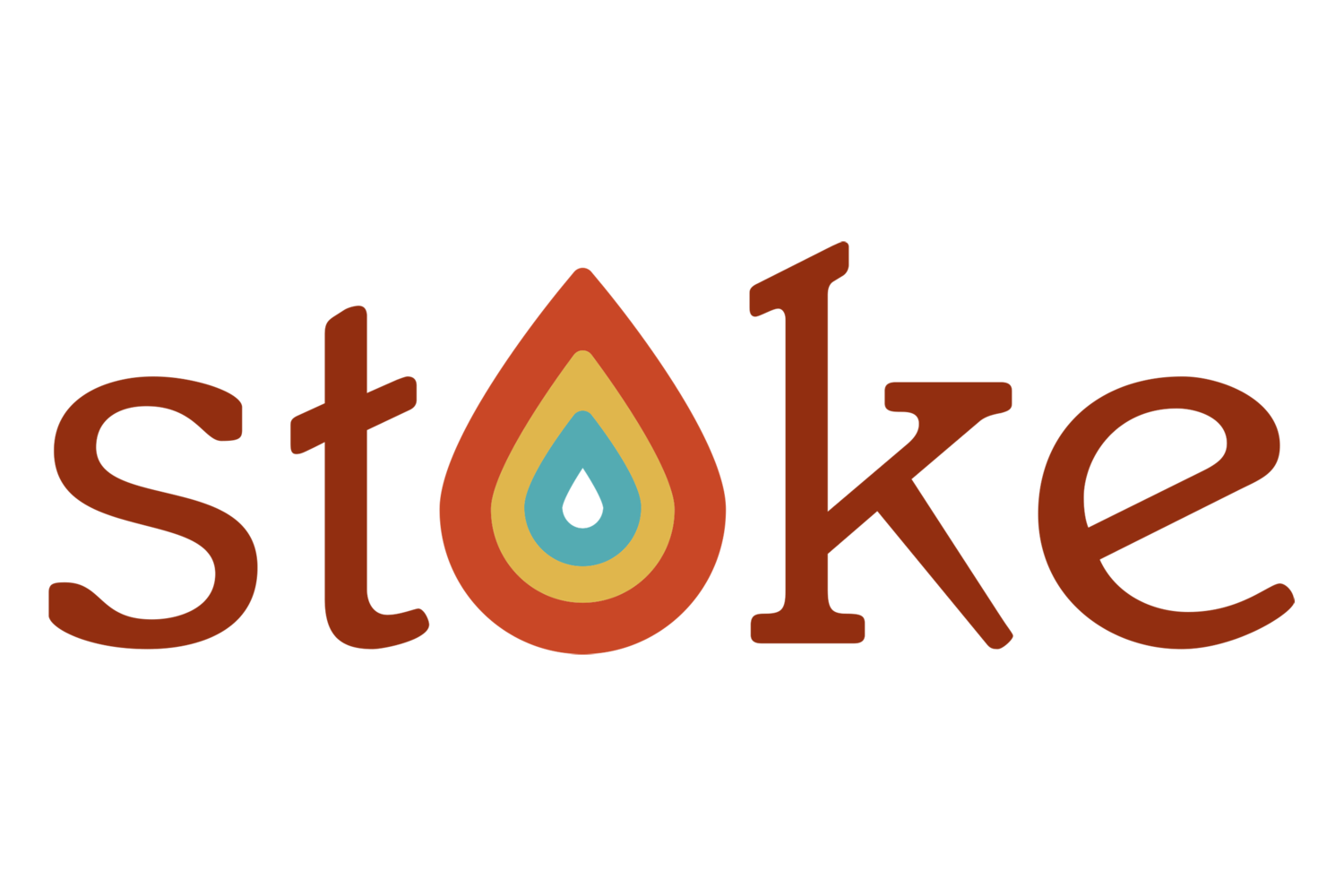Originally published June 2019, updated March 2021
Great Work Atmosphere = Great Quality of Work
You probably spend the majority of your waking day at work, which means your environment affects not only the quality of your work, but also the quality of your life outside of it. The key to a healthy workstyle is changing postures throughout the day, and not sitting or standing for hours on end. You shouldn’t have to feel pain or discomfort to remind you to shift postures or to take a break from what you’re working on, but that’s often the case for people working in traditional offices.
Fitting a job to the way that a person works helps lessen muscle fatigue, increases productivity, and can reduce the number and severity of work-related musculoskeletal disorders. Considering the factors that contribute to the way a person works (environment, equipment, tools) begins the process for creating a productive, ergonomically-designed workspace.
We can thank ergonomics for safe and efficiency-boosting workspaces. Ergonomics is the science and study of designing the workplace, considering the capabilities and limitations of the people using it, and then optimizing the space and equipment within it for their comfort.
Where You Work Affects How You Work
Simple adjustments to your workspace can improve productivity and health. Typically, an employer is obligated to provide a safe workplace, but when you’re self-employed, work remotely, or have just started your own business, you’re the person in charge of how and where you work. For those who choose coworking spaces, the facilities are designed with different workstyles in mind, as inhabitants vary from the startup to the freelancer or the graduate student.
Though the professions of people using coworking spaces typically fall outside of high-risk industries (which are considered construction, food processing, firefighting, office jobs, healthcare, transportation and warehousing), musculoskeletal disorders (MSDs) can still develop from sitting all day at one’s desk, using a standing desk for too long, or remaining sedentary/stationary. MSDs from these types of work styles include carpal tunnel syndrome, tendinitis, epicondylitis, and muscle strains and lower back injuries.
Tips To Work Better
Ergonomically designed spaces will suit the work that you’re doing, and will ensure that you can implement best practices for better work performance, which include:
Maintaining neutral postures
Neutral postures are postures where the body is aligned and balanced while either sitting or standing, placing minimal stress on the body and keeping joints aligned.
Neutral postures minimize the stress applied to muscles, tendons, nerves and bones and allows for maximum control and force production.
Working in a comfort zone
By minimizing excessive reach and maintaining a neutral posture, you work from a “comfort zone” that ensures you’re working from appropriate heights and reaches to reduce MSD risk factors and enables more efficient and pain-free work.
Allowing for movement and stretching
Working in one position or spot for an extended amount of time will cause “static load” or fatigue and discomfort, since the musculoskeletal system is designed (and needs) to move.
Minimizing contact stress
Contact stress can manifest from habits like resting your wrists on the sharp edge of a desk or workstation or sitting without adequate space for your knees.
Using adequate lighting
Prevent eye strain related to looking at a computer screen all day or dimly lit working conditions.
Work Smarter In Coworking Spaces
A coworking space and traditional workspace differ in that the workers in coworking spaces are either self-employed or working remotely/freelance contracting with various companies. In a traditional workspace, the employees are all working for the same company.
Offices, Coworking, and Meeting Space at Stoke
In private offices, members will provide their own desks and chairs, while out in the coworking space, members can use any of the available desks and chairs. Stoke also provides three standing desks and lounge/couch areas for variability and choice. The standing desks are height-adjustable and include an anti-fatigue floor mat in front of them for maximum comfort.
Housed in a renovated warehouse at the Railyard, Stoke’s coworking space is arranged for productivity, efficiency, and comfort. The three conference rooms have large floor-to-almost-ceiling windows that let in natural light and adjustable chairs around meeting tables suited to the size of the conference room and size of the group meeting there. Rooms are well-lit to prevent eye strain and fatigue.
On the other side of the building, the kitchen, event space, and lounge areas have sunlight coming in from windows and the garage door. You can take a phone call, enjoy your lunch, or work from the couches with Denton square landmarks like the Wells Fargo building and courthouse in sight.
A section of Stoke’s coworking space
The middle coworking space is separated by a slatted, natural wood partition; on the conference room side are coworking desks, and by the standing desks and phone call room are the dedicated desks. Movement at Stoke is encouraged, and you’ll never be confined to working at your desk or in coworking no matter what level of membership you have.
Conference Room 1 at Stoke
Professional Workspace to Supplement or Replace Your Other Work Habits
If you find it hard to focus in your home office or at a coffee shop, take a tour of Stoke or visit on the last Friday of the month to test out coworking. Find your spot at a coworking desk, standing desk, or at a couch or lounge spot for a more relaxed work day.
If you’re not looking to relocate to a new spot, check out this list of how the Fresh team makes the best of workplace ergonomics. They also published a nifty infographic on how to sit up and stand at a desk correctly:






